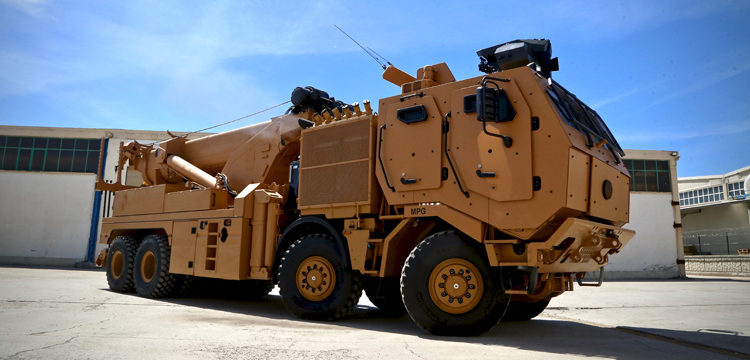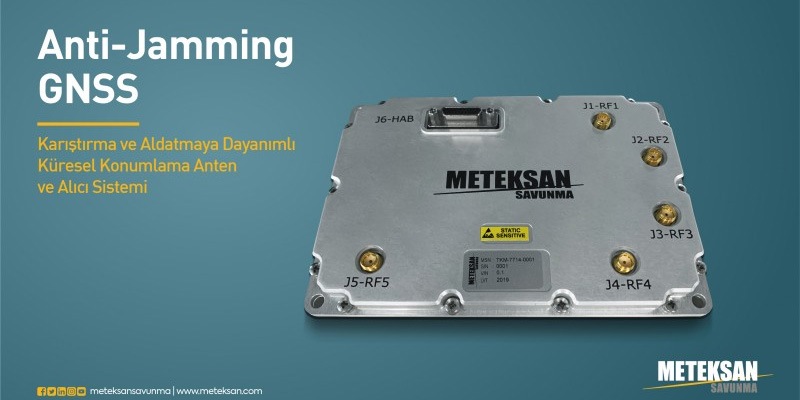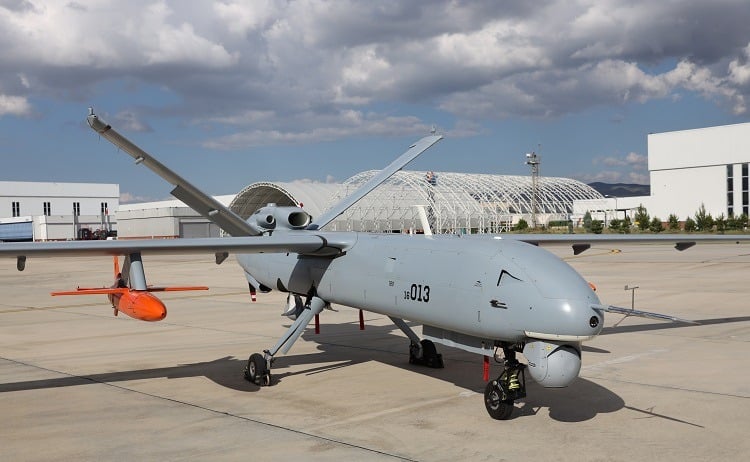Defence Turk
Regular Member
- Joined
- Apr 13, 2020
- Messages
- 23
- Likes
- 46
This thread will be about Turkish Military News, pictures, videos, and happenings.
Lets will start with the following:
Turkey signed a technical protocol for assault rifles grant to Albania

Turkey signed a technical protocol for 30 Assault Rifles grant to Albania.
A technique protocol has been signed towards a grant of 30 Light Infantry Rifles between the Republic of Turkey Ministry of National Defence and Republic of Albania Ministry of Defence.
At Albanian Chief of Staff at Headquarters, a technic protocol towards grant of 30 units of MPT-55 and MPT-77 type light assault rifles which have NATO standards has been signed between the Military Attaché of the Republic of Turkey in Tirana Col. Shakir Cumhur Somer and Albanian Chief of Staff Operations and Training Leonard Çoku. Weapons will be used by the Albanian Land Forces Command. These weapons are grant that Turkey continuously provides Albanian Armed Forces besides Natural Disaster Supplies aids.
Albania to Turkey previously had donated medical equipment and armored vehicles.

 en.defenceturk.net
en.defenceturk.net
Lets will start with the following:
Turkey signed a technical protocol for assault rifles grant to Albania
Turkey signed a technical protocol for 30 Assault Rifles grant to Albania.
A technique protocol has been signed towards a grant of 30 Light Infantry Rifles between the Republic of Turkey Ministry of National Defence and Republic of Albania Ministry of Defence.
At Albanian Chief of Staff at Headquarters, a technic protocol towards grant of 30 units of MPT-55 and MPT-77 type light assault rifles which have NATO standards has been signed between the Military Attaché of the Republic of Turkey in Tirana Col. Shakir Cumhur Somer and Albanian Chief of Staff Operations and Training Leonard Çoku. Weapons will be used by the Albanian Land Forces Command. These weapons are grant that Turkey continuously provides Albanian Armed Forces besides Natural Disaster Supplies aids.
Albania to Turkey previously had donated medical equipment and armored vehicles.

Turkey signed a technique protocol for assault rifles grant to Albania
Turkey signed a technique protocol for 30 Assault Rifles grant to Albania. A technique protocol has been signed towards grant
 en.defenceturk.net
en.defenceturk.net

















